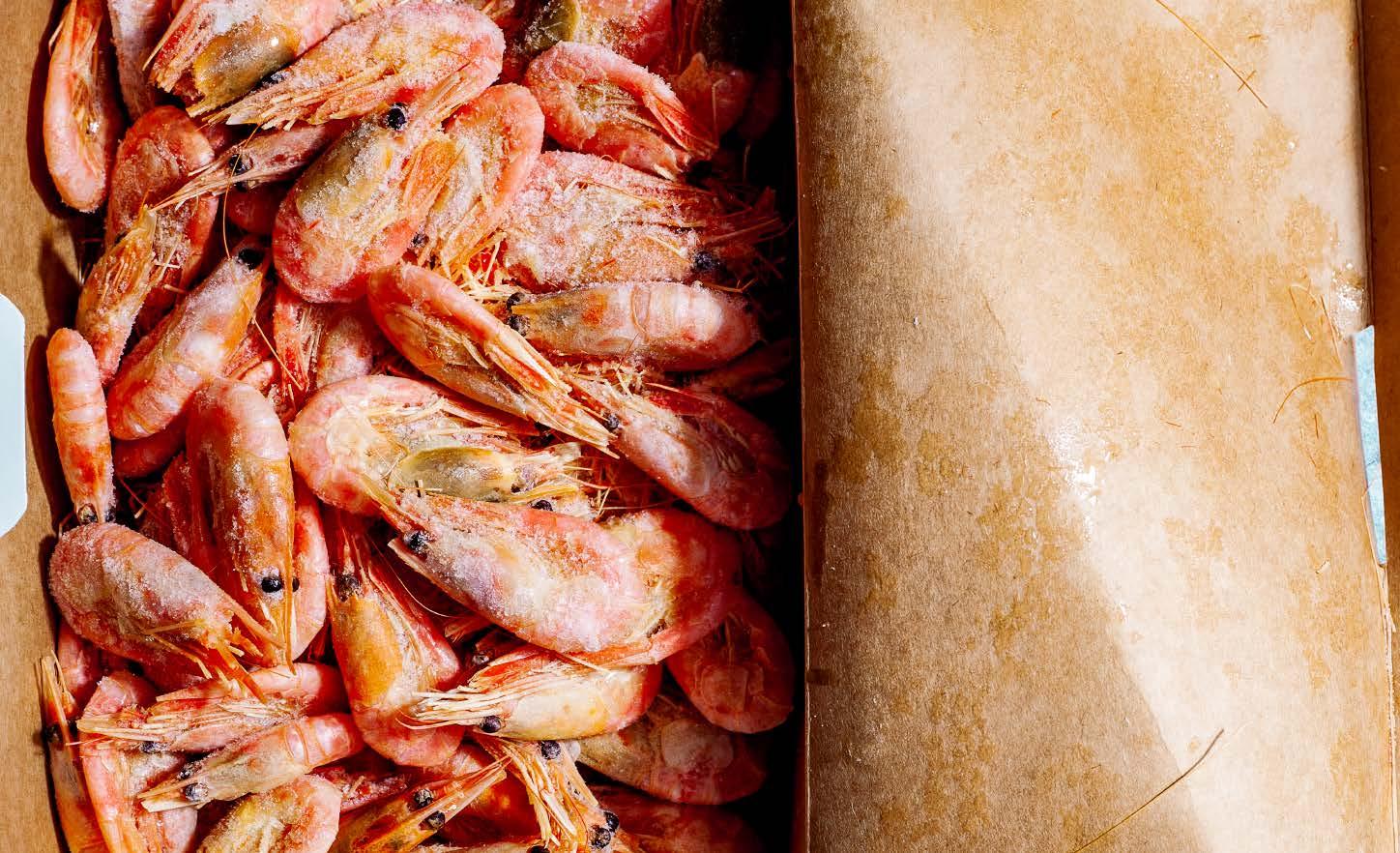ARTICLE
Effect of supplementing heterotrophic and photoautotrophic biofloc,
on the production response, physiological condition and post-harvest quality of the whiteleg shrimp, Litopenaeus vannamei By: Marcel Martínez-Porchas, Marina Ezquerra-Brauer, Fernando Mendoza-Cano, Jesús Enrique Chan Higuera, Francisco Vargas-Albores, Luis R. Martínez-Córdova *
Diverse investigations on biofloc have placed this technology as a promising strategy towards sustainability. The presence of microbial communities do not only have a positive effect on the production response of shrimp, but an antagonist effect on potential pathogens, and also play a role as immunomodulatory agent for shrimp. Most of these works are related to the productive, zoo-technical and reproductive responses of the organisms farmed in many types of biofloc technology systems (BFT). However, the effects of aquafeeds on the physiology and post-harvest quality of farmed organisms has not been addressed enough, being an important issue because their implications on the production and marketing. The aim of this study was to evaluate the effect of adding two types of bioflocs (photoautotrophic and heterotrophic) on the physiological condition and postharvest quality of the white leg shrimp, Litopenaeus vannamei intensively farmed under greenhouse conditions.
T
here are reasons to support the hypothesis that the consumption of these kinds of alternative feeds may affect some biological conditions such as changes in the immune and antioxidant responses of shrimp after using microbial biomass as direct food source (bioflocs, biofilms, peryphyton). The physiological condition is an important aspect to consider for the culture of any species because it may be ultimately associated to overall production and economic profitability; while the post-harvest quality of shrimp is associated to the protein denaturation, and consequently, the storage shelf life, aspect, price, and
12 »
consumer preference of the product. It has been addressed that the postharvest quality of aquaculture products is significantly influenced by the consumption of natural feed such as insects and other. The biological and biochemical composition of bioflocs which are mainly constituted by organic matter and aerobic microbes, may vary depending on diverse factors such as source of water, microbial inoculum, carbon/nitrogen ratio, substrate, temperature, salinity, light intensity, DO concentration, turbulence of the water column among some other. The possibility of forming photoautotrophic, heterotrophic or mixotro-
phic bioflocs depends on the initial inoculum. Biofloc and biofilm mass based on photoautotrophic microorganisms (also known as peryphyton when attached to submerged surfaces), have typically low protein contents but they have a high content of lipids and carbohydrates. Contrarily, high protein and low lipid concentrations are commonly constituting bioflocs or biofilms based on heterotrophic microorganisms. The aim of this study was to evaluate the effect of adding two types of bioflocs (photoautotrophic and heterotrophic) produced exogenously to the culture system, on the physiological condition (as indicated by some hemolymph parameters) and postharvest quality of the white leg shrimp, Litopenaeus vannamei intensively farmed under greenhouse conditions.
Materials and Methods The study was conducted over 10 DECEMBER 2020 - JANUARY 2021









